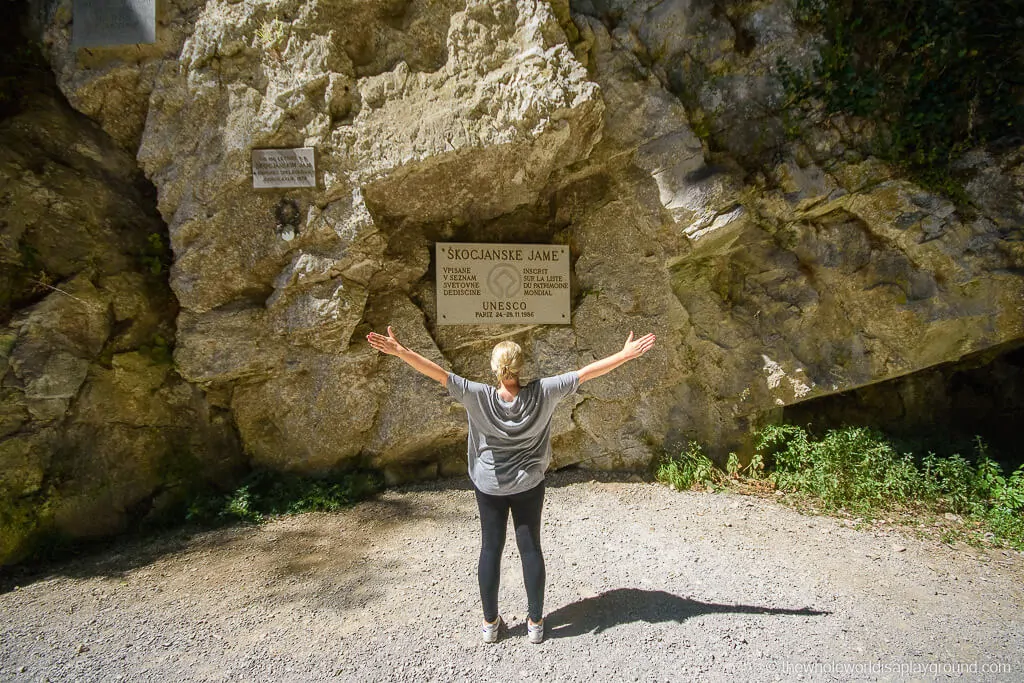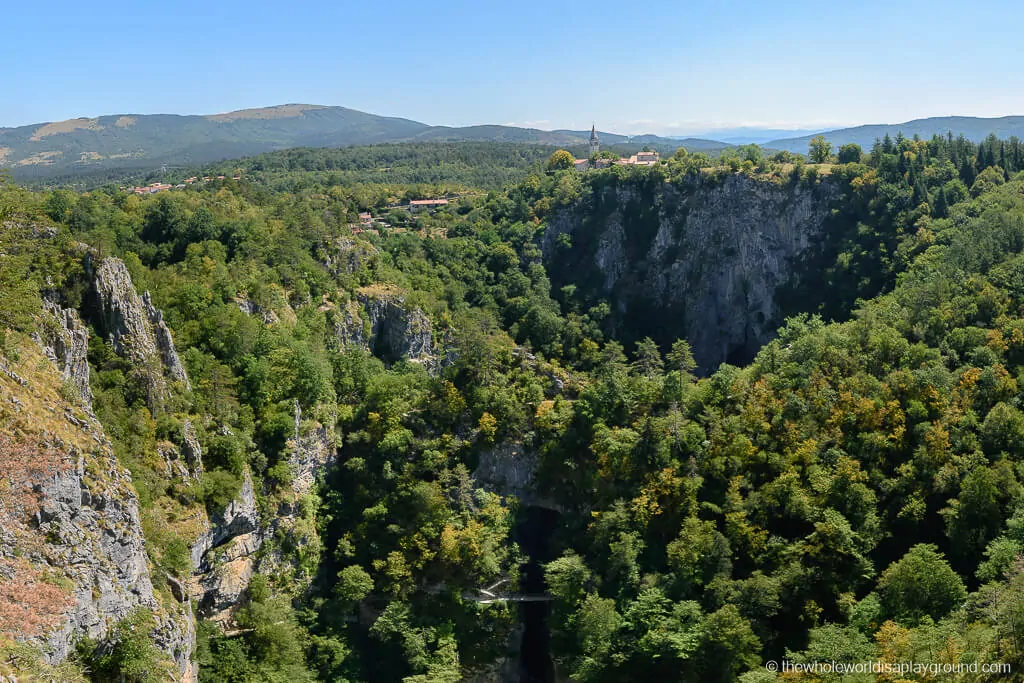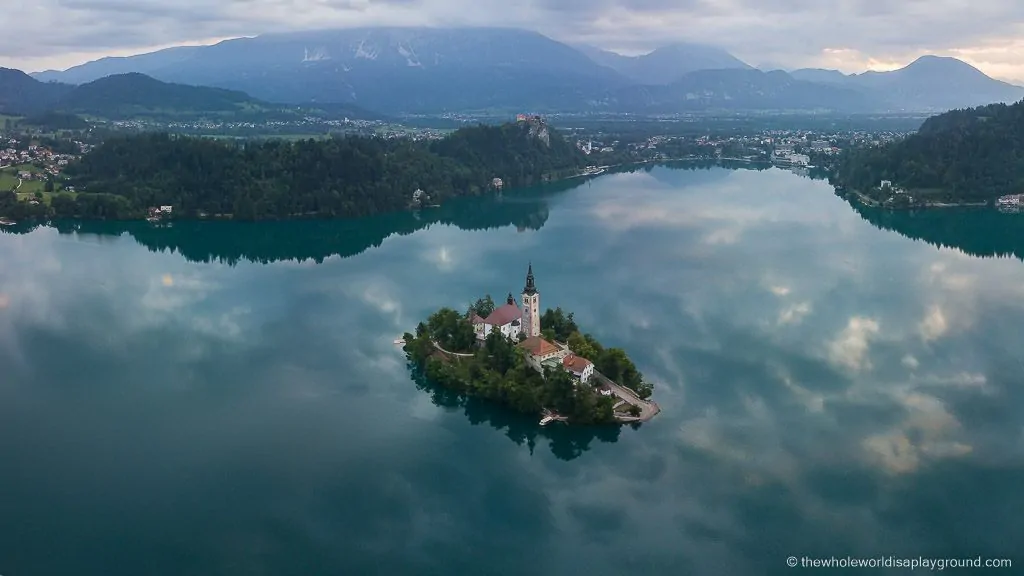Slovenia is home to 4 UNESCO World Heritage Sites, two of which are cultural sites and two of which are natural. Having already visited the Ancient and Primeval Beech Forests of the Carpathians and Other Regions of Europe during a trip to Croatia we visited the other three UNESCO World Heritage Sites on a road trip of the Balkans and surrounding countries in 2017.
The 4 UNESCO World Heritage sites in Slovenia
The UNESCO World Heritage Sites in Slovenia and the year they were inscribed are:
1. Heritage of Mercury. Almadén and Idrija (2012)
2. Prehistoric Pile Dwellings around the Alps (2011)
3. Ancient and Primeval Beech Forests of the Carpathians and Other Regions of Europe (2007)
4. Škocjan Caves (1986)
Hover over the map for the names of the sites:

UNESCO Slovenia

UNESCO Slovenia
1 | Heritage of Mercury: Almadén and Idrija (2012)
The Heritage of Mercury UNESCO listing spans across two countries: the mining sites of Almadén in Spain and Idrija in Slovenia. Mercury has been extracted since antiquity in Almadén and was first found in Idrija in 1490. The two sites represent the two largest mercury mines in the world and were, until recent times, operational.
We visited the town of Idrija, the oldest mining town in Slovenia, where it’s possible to visit the Idrija Mercury Mine and witness first hand the precarious conditions where the miners worked.
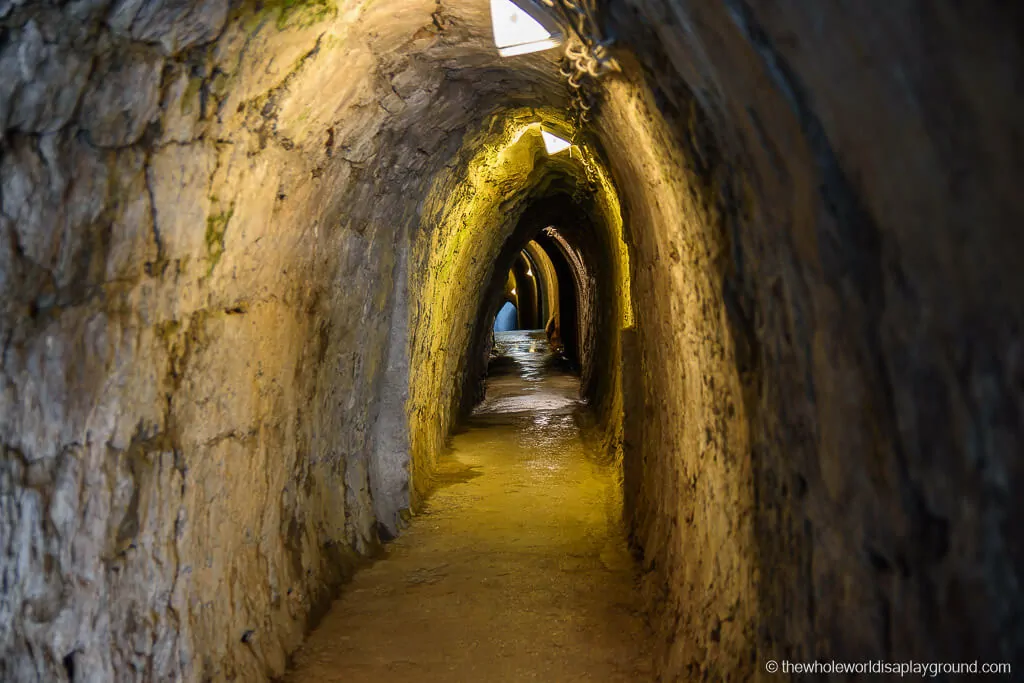
2 | Prehistoric Pile Dwellings around the Alps (2011)
The Prehistoric Pile Dwellings around the Alps consists of 111 individual sites which house the remains of prehistoric pile dwellings built between 5000BC and 500BC. We visited the Pile Dwelling UNESCO site in Slovenia.The stilt houses are located on the edges of lakes, rivers or wetlands and only some of the sites have been excavated. The prehistoric pile dwellings were designated a UNESCO due to their rich culture which constitutes one of the most important sources for the study of early agrarian societies in the region.
The 111 sites are split between Austria (5), France (11), Germany (18), Italy (19), Slovenia (2) and Switzerland (56) and we visited a site in Austria on the banks of Lake Keutschacher See.
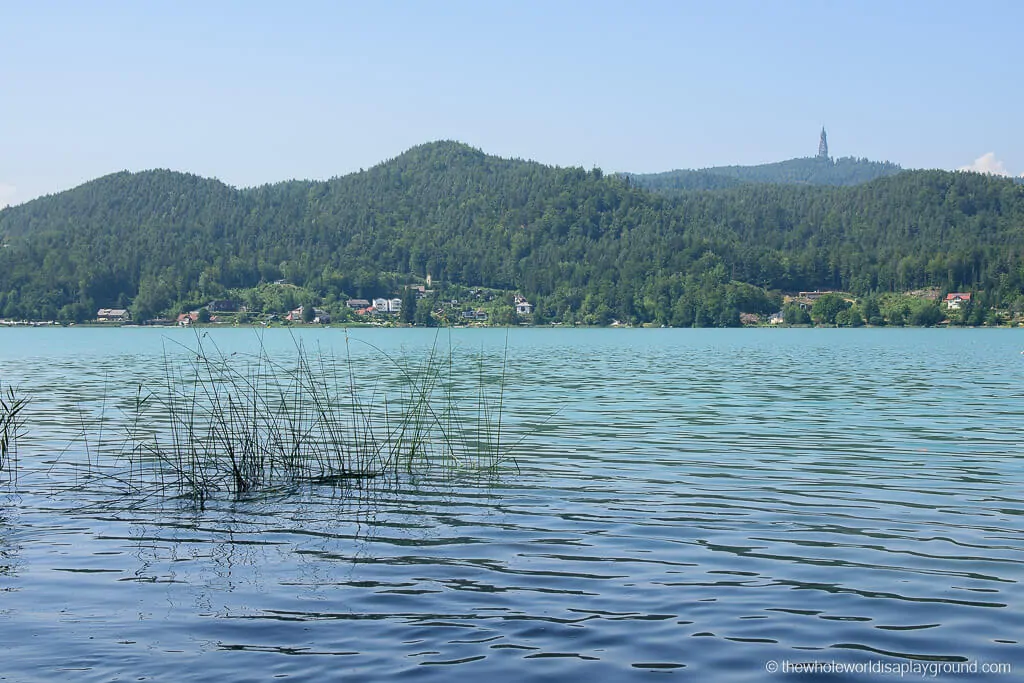
3 | Ancient and Primeval Beech Forests of the Carpathians and Other Regions of Europe (2007)
Ancient beech forests once covered over 40% of Europe, spreading from a few isolated refuges over a few thousand years in a process that is still ongoing due to the flexibility and tolerance of the beech tree. In 2017 UNESCO approved the extension of the site of the Primeval Beech Forests of the Carpathians and other regions of Europe to stretch over 12 countries: Albania, Austria, Belgium, Bulgaria, Croatia, Germany, Italy, Romania, Slovakia, Slovenia, Spain, Ukraine.
We visited the Paklenica National Park in Croatia.
4 | Škocjan Caves (1986)
A cave system in Slovenia, the Skocjan Caves are considered as one of the greatest natural treasures of planet Earth. The system of limestone caves comprises collapsed dolines, 6 km of underground passages, waterfalls and a large underground chamber. The sheer size of the caves is incredible and It’s one of the most beautiful UNESCO sites that we have visited.
No photography is allowed inside the Skocjan Caves
